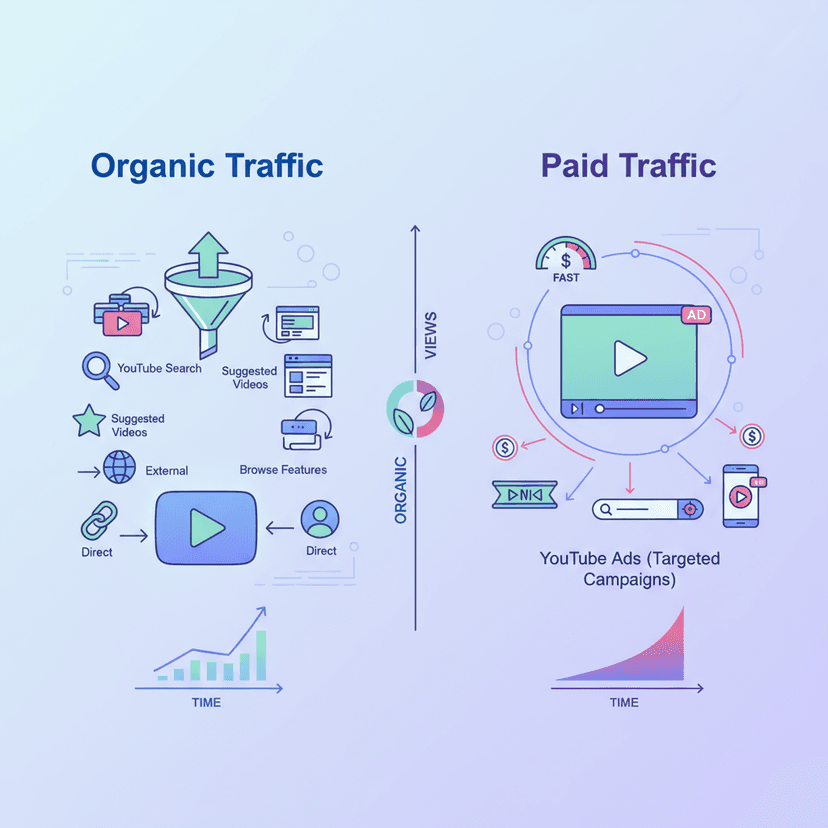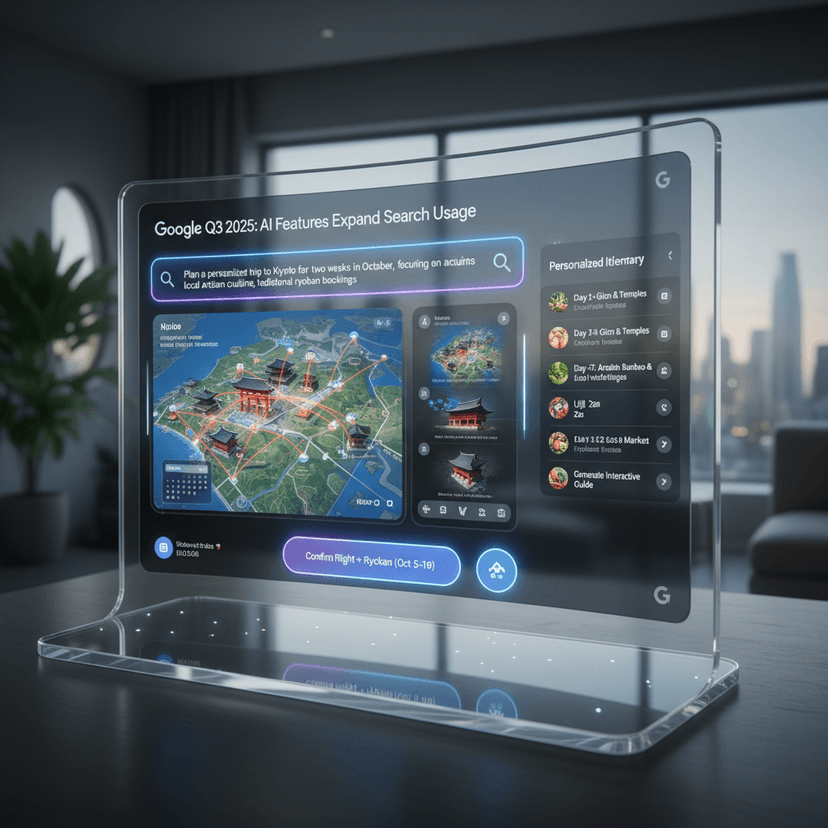For digital marketers doing SEM and SEO, tools like Google Analytics 4 (GA4) have become indispensable for analyzing and improving website performance, especially for SEO. Today, we’ll look at how to install Google Analytics 4 and what reports you can use to elevate your SEO efforts in 2024.
How to Install Google Analytics 4 – Basic Steps
Installing GA4 may seem daunting for many, but it’s not as complicated as it seems. Let’s take a look at the steps.
- Start by logging into your Google account and going to Google Analytics.
- Create a new Property by clicking “Admin” and then selecting “Create Property.”
- Select the Property type as “Web” for websites or “App” for applications.
- Fill in all the necessary details about your website or app.
- After creating the Property, you will receive a Measurement ID, which is in the format G-XXXXXXXXXX.
- Install this Measurement ID on your website. There are two main ways to do this: Install via Google Tag Manager, which is suitable for those who want flexibility in managing tags, and install directly on the website by adding the gtag.js code to the <head> of every page on the website.
- Finally, verify the installation using Google Tag Assistant to ensure that GA4 is working correctly.
Once installed, wait a moment for GA4 to start collecting data. Then, we can start using various reports.
3 Important Reports in GA4 for SEO in 2024 – More Detailed
Once you have installed Google Analytics 4, using various reports to improve your SEO strategy is an important next step. In 2024, there are 3 types of reports that SEO professionals should pay special attention to:
1. Landing Page Performance Report
This report is an essential tool for analyzing which web pages perform best in terms of attracting traffic and generating conversions from website visitors. Here’s how to access and use this report:
From the data in this report, we can identify landing pages with high traffic but low conversion rates, which may need to be improved in terms of content, design, UX, or call-to-action. Alternatively, we can find pages with high conversion rates even with low traffic, which may be an opportunity to increase promotion through SEO or other channels. It also helps analyze the performance of landing pages by traffic source to tailor SEO strategies to each channel.
Example If a blog post has high organic search traffic but a low conversion rate, we may need to improve internal linking or add more relevant CTAs to lead readers to product or service pages.
2. Content Gap Analysis Report
This report does not exist directly in GA4, but you can create it yourself using data from GA4. Here’s how:
- Download the Landing Page report from GA4, selecting the time period you want to analyze, such as 3-6 months.
- Categorize the data based on criteria appropriate for your business, such as: purchase process, Awareness, Consideration, Decision, product or service type, target audience, or customer persona.
- Next, analyze which content gaps exist by looking at the number of pages in each category and their performance.
Analyzing the Content Gap can help identify opportunities to create new content that meets user needs. It can also help discover high-performing topics or content types to expand upon and adjust content distribution to cover every stage of the Customer Journey.
Example If there is little content in the Consideration stage, we may need to create comparison articles, buying guides, or case studies to help potential customers make a decision.
3. Funnel Exploration Analysis Report
This report can help us understand how users journey on the website before a conversion occurs. Here’s how to use it:
- Go to Explorations > Funnel Exploration in GA4.
- Define the funnel steps according to what you want to analyze, such as homepage > product page > shopping cart > checkout page.
- Add a Dimension or segmentation by user source, such as Organic Search, Paid Search, Social Media, etc.
The advantage of this report is that it shows where users drop out of the funnel most often, allowing you to improve the funnel on the website precisely to increase the conversion rate in the long run.
Example If a large number of users leave the funnel at the shopping cart page, you may need to improve the UX of that page, add clarity to the ordering process, or add more diverse payment options.
Using these three report types together will help businesses have a comprehensive view of website performance and improvement approaches. By consistently analyzing and applying this data, you can increase rankings in search engine results pages (SERPs), increase quality traffic, and improve conversion rates effectively. Importantly, remember that SEO in 2024 is not just about keyword ranking, but about creating a good experience for users throughout the Customer Journey. Using GA4 data intelligently will help you do this effectively.
About Relevant Audience
We are Relevant Audience, a Digital Performance Marketing Agency specializing in SEO and one of the Digital Agency providing complete digital marketing services to support businesses in reaching their target audiences at the right time, place, and device (Right Time, Right Place, Right Device).
Our services cover both SEO services, Search Marketing, Social Media Ads, Search Ads, to Influencer Marketing, and we are also a SEO Company that is a Google Partner. Our team consists of specialists ready to provide consultation and find solutions that meet business needs.
Contact us for more information, consult online marketing
Tel: 02-038-5055
Email: info@relevantaudience.com
Website: www.relevantaudience.com







